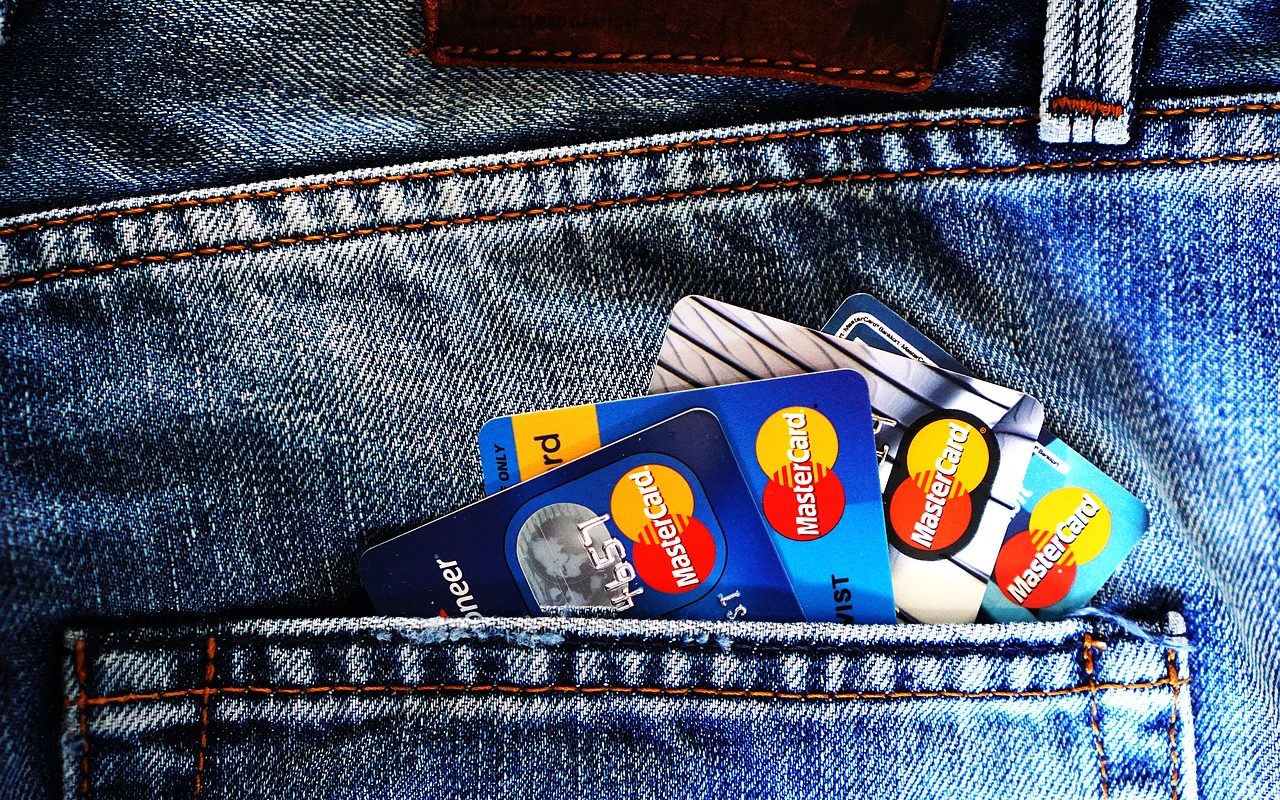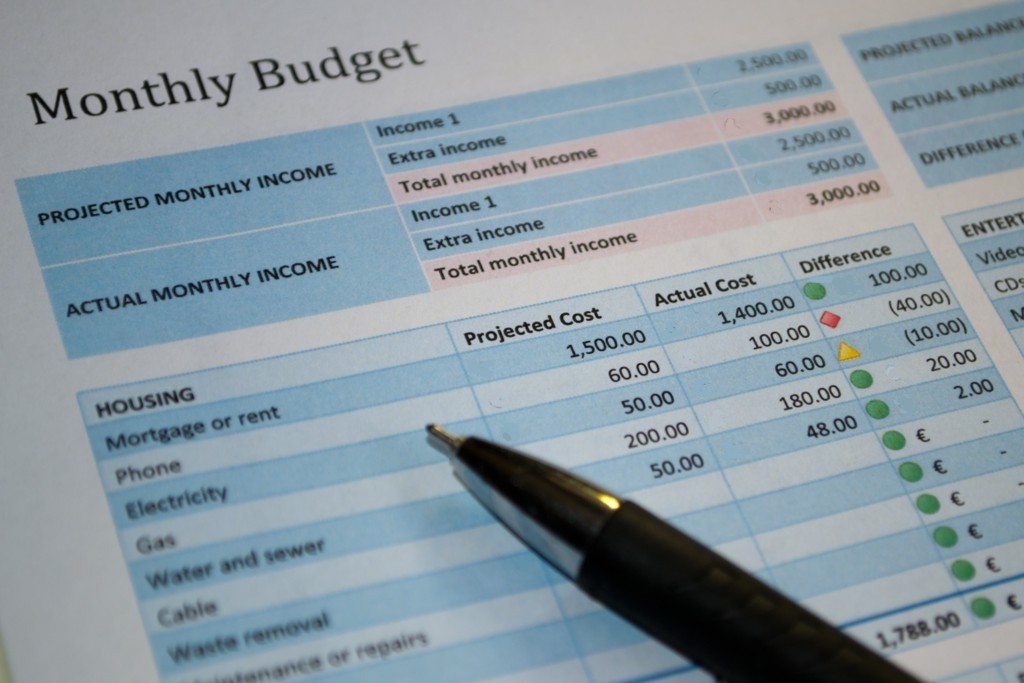A good credit score lifts you and makes it easier to stay afloat. Taking time to regularly review your credit report and improve your score will make your finances better. You can qualify for lower interest rates and the best terms on loans, as well as the best credit card reward programs. It will also give you peace of mind that you can qualify for new financing if you want to finance a major purchase or consolidate debt.
But what is good credit and how do you achieve it? This guide will teach you everything you need to know to support a healthy credit profile.
What is a good credit score?
Credit scores in Canada range from 300-900. The average consumer has a score of around 650, according to TransUnion,[1] which is considered a “fair” score.
| Score range | Designation |
| 760-900 | Excellent |
| 725-759 | Very good |
| 660-724 | Good |
| 560-659 | Fair |
| 300-559 | Bad |
Source: Equifax
Looking for help with your Credit Card Debt?
Call (844) 780-4286
How is a credit score calculated?
Both credit bureaus have their own credit scoring model, but they have the same range and are calculated using the same five factors. Certain factors carry more “weight” in how much they affect your score. But knowing all these factors and understand how to improve them can help maximize your score.
Factor 1: Credit history – 35%
The single most important factor that affects your score is your credit history. This looks at the status of all your accounts and the payment history going back six years. If you are more than 30 days late with a payment, the creditor has the right to report the payment as missed to the credit bureaus.
Tip: The effect of negative payment information decreases over time. You can offset credit score damage caused by old missed payments by paying all your bills on time now. Keeping up with bill payments is the best thing you can do for your score!
Factor 2: Credit utilization – 30%
The next factor measures how much your available credit line you’re currently using. Your credit utilization ratio divides your total current balance by your total available credit limit. So, if you have a credit limit of $1,000 and a balance of $200, your utilization is 25%. Anything higher than 30% is bad for your score.
Tip: A lower utilization ratio is always better. It’s a myth that you need to carry credit card balances over from month to month to achieve a high score. The best way to maximize this factor is to pay your balances off in full every month.
Factor 3: Credit age – 15%
This factor evaluates how long a consumer has used credit. It looks at how long you’ve maintained accounts in good standing. Keeping accounts open and active as long as possible helps boost this factor. This factor takes time to build.
Tip: Don’t close old credit card accounts or you can hurt your credit. Accounts can also be closed by a creditor if you don’t use them. So, find a specific purpose for old accounts so you can keep them active and open.
Factor 4: New credit applications – 10%
The next factor looks at new credit applications. Your credit report lists hard inquiries, where you authorized a lender or creditor to check your credit during the application process. Each inquiry will decrease your score by a few points, which is usually negligible. However, too many inquiries can notably decrease your score.
Tip: Space applications for new financing out by at least six months or more to avoid damaging your score. When you apply for new credit, you can ask for quotes without damaging your score, but only authorize one credit check.
Factor 5: Credit mix – 10%
The final factor looks at the types of accounts that you have. Having a diverse range of loans and credit cards shows you are well-versed in managing a range of different types of credit. Having a loan like a mortgage is especially good for this factor.
Tip: Don’t get overextended trying to add different types of products too quickly to improve this factor. Only apply for credit that you need, and as achieve milestones like buying your home, you’ll improve this factor naturally.
What’s does bad credit cost you?
Having a bad score can make life difficult. If your score is extremely low (below 500), you may struggle to get approved for financing at all. This can force you to use “alternative financing solutions,” such as payday loans, that come with extremely high interest rates and a high risk of default.
Even if your score is high enough to get approved for traditional loans and credit cards, you’ll face higher interest rates and stricter terms. High APR can significantly increase the cost of borrowing money, especially on big loans, like a mortgage.
For example, let’s say you take out a $100,000 mortgage at 5% APR with a 25-year amortization period. The total interest payments would be $74,481.50 by the time you pay off the mortgage in full. The monthly payment would be $581.60
If you increase the interest rate by just 0.5% to 5.5% APR, the total interest payments would be $83,117.44. That’s an increase of $8,635.94 in interest charges. What’s more, the monthly payment would go up to $610.39. So, just a half-point increase in APR would increase your total costs and monthly payments, making it harder on your budget.
Reviewing your credit report for accuracy
The credit bureaus calculate your credit score based on the information contained in your credit report. This report details your history as a credit user, to help creditors and lenders understand your risk as a borrower.
Negative information in your reports, such as missed payments or collection accounts, can hurt your score. The good news is that this information only remains on your report for a limited amount of time. Nothing in credit lasts forever. Most negative information will drop off your report in six years or less.
Warning: Some consumer credit reports contain errors!
Although TransUnion and Equifax both strive to maintain accurate reports for all consumers, errors can happen. You may have missed payments listed in your report that you made on time. There could be collection accounts that aren’t yours or duplicate accounts that can make it seem like you have more debt than you do.
This makes it critical that you check your credit reports often to review them for accuracy.
How to review your credit reports
By law, you can request a Consumer Disclosure from each of the credit bureaus to view the information in your report for free. This disclosure shows you more information than the “business version” of your report that lenders and creditors see when they check your credit. For example, the disclosure includes notations for how many times you’ve checked your own credit, which the business version doesn’t show.
- You can order a consumer disclosure for free each month from TransUnion online here: https://ocs.transunion.ca/ocs/home.html
- You can request your Equifax report by phone at 1-800-465-7166 or by mail or fax once you complete their Canadian Credit Report Request Form
Once you obtain your report, you will need to know how to review it. Credit reports contain six basic sections of information.
Personal information
This contains basic information about you, such as your name, social insurance number, address, previous address and employer information. It also includes aliases of your name, for instance, if you opened a credit card using a middle initial or you’re married, and you have accounts in your maiden name.
Although this information can’t damage your score, you still want to review it for accuracy. An incorrect alias could lead to collection accounts being assigned to you that aren’t yours.
Account history
This section lists each of your loan and credit card accounts. It shows the current balance and status of the account, as well as the payment history going back six years. Creditors and lenders are not required by law to report to both bureaus, so the information in this section can differ – some accounts may be included in one report, but not the other.
This is one of the most important sections to check because payment history is the biggest factor in calculating your credit score.
Public records
This section contains information about public records that impact your finances. So, it will list things like court-judgments for things like child support arrears or fines and bankruptcies. But not all public records will be included. For example, your report does not show criminal records or traffic violations.
Credit inquiries
This section shows all of the inquiries that are run on your credit report. This includes hard inquiries that occur when you authorize a credit check, as well as soft inquiries that happen when creditors check your credit for pre-approved offers.
Soft inquiries won’t affect your score, but hard inquiries will. Inquiries remain on your report for 36 months from the date the check was authorized.
Additional relevant information
The final section details anything else that could be pertinent to creditors who are trying to understand your risk. This includes collection accounts, fraud alerts, and consumer statements that you can include in your report to explain that you dispute a negative item.
Looking for help with your Credit Card Debt?
Call (844) 780 4286
Credit repair: The process to correct errors in your report
If you find any information that you believe is inaccurate in your report, you have a right to dispute it with the bureau that issued the report. By law, the bureau must reach out to the company that furnished the information to verify it as accurate. If the information can’t be verified, then it must be removed.
Things to look out for as you review your reports:
- Missed payments that you made on time
- Inaccurate current account balances
- Incorrect account statuses
- Duplicate accounts
- Collection accounts that aren’t yours
- Inquiries that are older than 36 months
If you find anything that you think is inaccurate, contact the credit bureau to make a dispute:
Building credit through strategic bill payments
Paying bills on time is the best thing you can do for your credit score. If you’re working to maximize your score, you want to focus on keep credit card bills in control. Your goal should be to pay off your balances on time and in full every month. This will help you maintain a positive credit history and it will keep your credit utilization ratio at a net 0%.
Those two factors basically account for nearly two-thirds of your credit score. So, using this strategy will get you the highest score possible while you work to improve the other minor factors.
Keeping the third factor (credit inquiries) in check should also happen naturally if you’re taking the right steps to manage your money. You should always be cautious when it comes to applying for new loans and credit cards. Applying for too much new financing in a short period can overwhelm your budget.
So, you want to apply for credit sparingly. Space new applications out by at least six months. That you can ensure you can afford the bill payments on one new debt before you consider taking on another. This will also avoid unintended damage to your score.
After that, it’s just about keeping your accounts open and in good standing, and improving your credit mix by taking on bigger obligations, like car loans or a mortgage. Following these steps will keep your credit score high.





